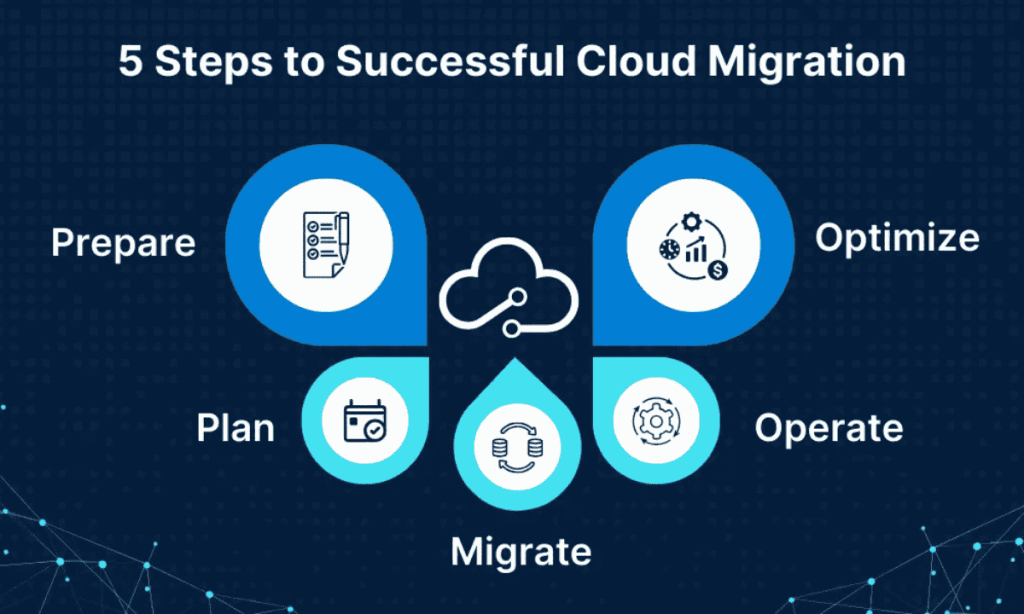
Introduction
For medium enterprises, cloud migration is no longer a luxury—it’s a necessity for scalability, cost-efficiency, and agility. As businesses grow, managing data and applications on traditional servers becomes challenging.
Cloud migration enables organizations to modernize their IT infrastructure, improve collaboration, and enhance business continuity while reducing operational costs.
Understanding Cloud Migration
Cloud migration involves moving digital assets — such as data, applications, and services — from on-premises infrastructure to a cloud environment. For medium enterprises, this transition must be strategic to avoid downtime or data loss.
Choosing between public, private, or hybrid cloud solutions depends on business needs, security requirements, and budget. Hybrid cloud models are often ideal for medium-sized businesses as they combine flexibility with control.
Planning an Effective Migration Strategy
The success of cloud migration depends on thorough planning. Start by assessing current systems and identifying which applications are suitable for the cloud. A phased migration approach minimizes risks by transferring non-critical workloads first.
Selecting the right cloud provider—such as AWS, Microsoft Azure, or Google Cloud—is crucial for ensuring scalability and support. Setting clear goals, timelines, and performance metrics helps keep the migration process on track.
Data Security and Compliance
Data protection is a top concern during cloud migration. Medium-sized enterprises must ensure their chosen cloud platform complies with relevant regulations, such as GDPR or ISO standards.
Implementing strong encryption, access control, and regular audits enhances security. Backups should be maintained throughout the migration process to safeguard critical business information.
Optimizing Post-Migration Performance
Once migration is complete, continuous optimization is key. Monitoring cloud usage and resource allocation prevents cost overruns.
Automation tools can help manage workloads efficiently and improve application performance. Regular reviews ensure that the cloud environment aligns with evolving business needs and market demands.
Benefits of Cloud Migration for Medium Enterprises
Adopting the right cloud migration strategies allows medium enterprises to enhance productivity, reduce IT maintenance costs, and innovate faster.
Teams can collaborate in real time, scale operations effortlessly, and access powerful data analytics tools to make smarter business decisions.
Conclusion
Cloud migration, when executed strategically, empowers medium enterprises to remain agile and competitive in a rapidly changing digital landscape.
With proper planning, security measures, and performance optimization, businesses can unlock the full potential of the cloud to drive growth and innovation.
